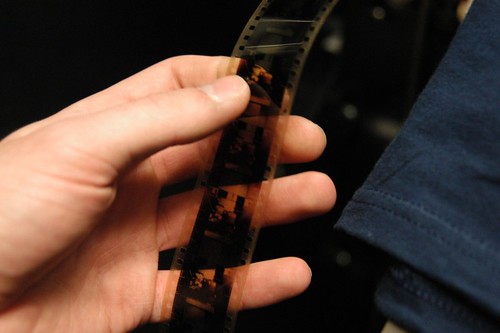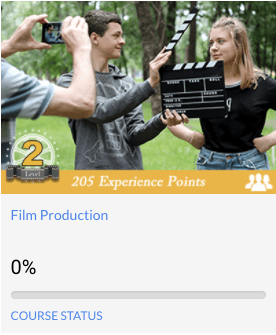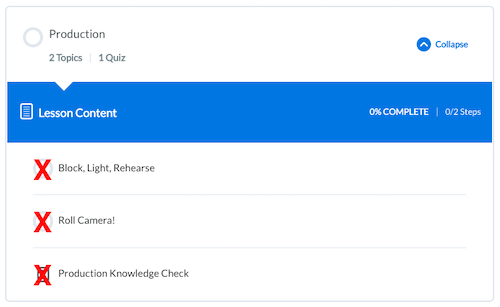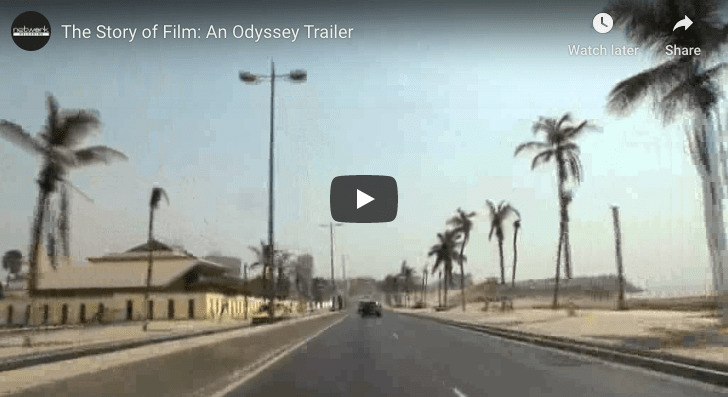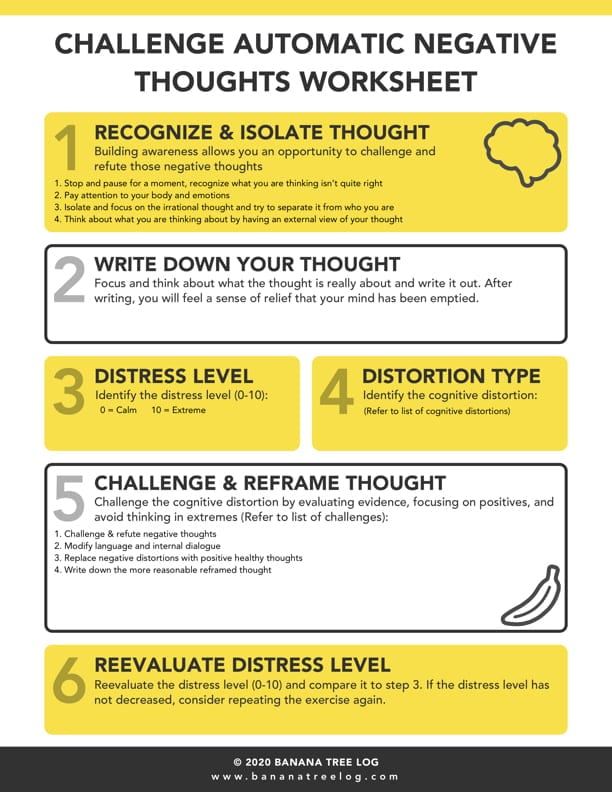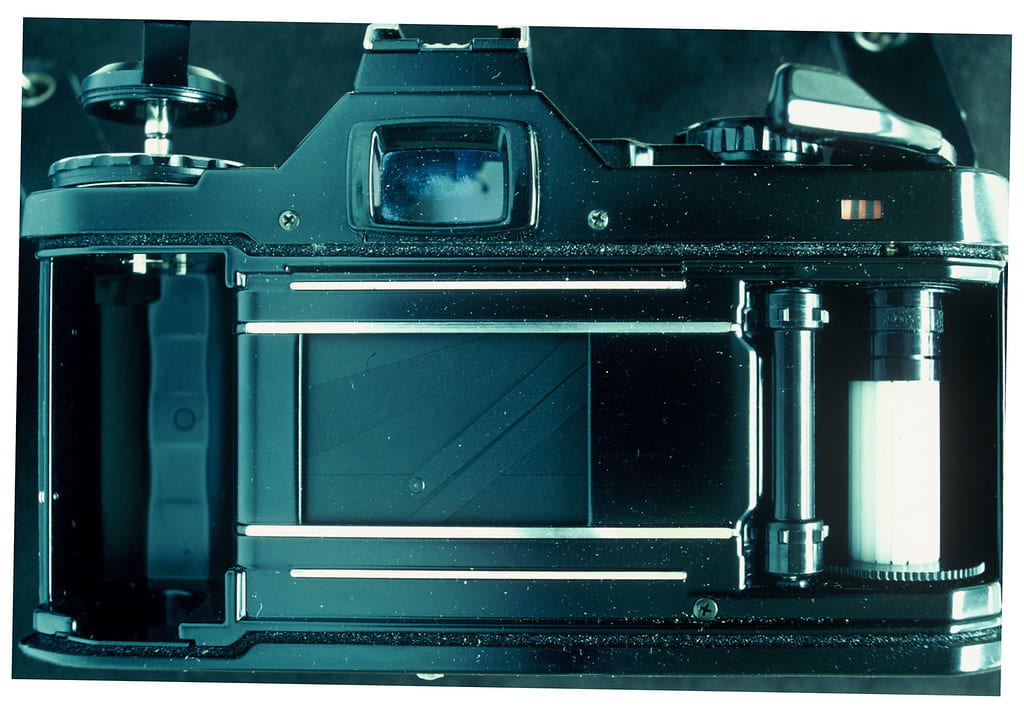| TOPIC | YOUR NOTES |
| 1. Who is the protagonist? | Remy, Linguini |
| 2. Who is the antagonist? | Chef Skinner |
| 3. What is the conflict? | Remy, who aspires to be a chef, covers and helps Linguini (he does the same for Remy) work as a chef, but they have to keep it a secret because they could get caught and the whole plan would fail. |
| 4. What is the theme? (summarize in one or two words) | Arising |
| 5. How is the story told (linear, with flashbacks, flash-forwards, at regular intervals) | Linear |
| 6. What “happens” in the plot (Brief description)? | After Remy (who is a rat) gets separated from his family, he ends up in Paris where he secretly covers for Linguini (a former garbage boy) as a chef at Gusteau’s (a restaurant). Since they have to obviosly keep it a secret, it makes for an interesting and clever series of events. |
7. How does the film influence particular reactions on the part of viewers (sound, editing,
characterization, camera movement, etc.)? Why does the film encourage such
reactions? | Visuals mainly. Every aspect of the film seems to be either standard or outstanding. Out of all aspects, the visuals seem to stand alone, considering how great it looks. |
8. Is the setting realistic or stylized? What atmosphere does the setting suggest? Do
particular objects or settings serve symbolic functions? | The setting is realistic and the atmosphere seems to be quite simple. |
9. How are the characters costumed and made-up? What does their clothing or makeup
reveal about their social standing, ethnicity, nationality, gender, or age? How do
costume and makeup convey character? | Since most of the film takes place in a restaurant, a lot of the costumes involve kitchen attire. Food ,or food relating material, plays a important rule in this film since a lot of it drives the plot. |
| 10. How does the lighting design shape our perception of character, space, or mood? | The lighting seems to be realistic/standard which evokes a relatable mood, visually. This makes the film feel more real. |
11. How do camera angles and camera movements shape our view of characters or
spaces? What do you see cinematically? | I believe the film has good enough camera work to show the audience the important aspects of the film. It’s also used in some instances as comedy. |
12. What is the music’s purpose in the film? How does it direct our attention within the
image? How does it shape our interpretation of the image? What stands out about
the music? | The music in this film is very memorable and original. These two very things could also be said about the film in general. I feel as if the music is such a part of the film that without it, the movie wouldn’t be as great as it is. |
13. How might industrial, social, and economic factors have influenced the film? Describe
how this film influences or connects to a culture? | It may connect on a some what deep level in a certain sense. In the film, the two main characters can possibly be an allegory of someone in a lower class that overtime prove themselves, and in the end achieve greatness. This could possibly be a message showing that anyone can truly achieve anything (for example, it seems for Remy, as a rat, almost impossible to become a chef. In real life its obviously not possible, but since this is fiction, it can show this, which is great). |
14. Give an example of what a film critic had to say about this filmUse credible sources and cite sourcesExample: “The Shawshank Redemption Movie Review (1994) | Roger Ebert.” All
Content. N.p., n.d. Web. 24 June 2015. | “Ratatouille—original, fun—uses a cooking theme to present its story and succeeds well. The characters have personality, the story line is good, the script clean. This film deserves its place in the family home video library. (2019) | Ben Meyer.”
|
15. Select one scene no longer than 5 minutes that represents well the whole film and
shows relevant cinematic elements. Explain why. | Probably one of the best scenes that would best represent the film as a whole would be the last one. It shows the two main characters who succeeded and gotten essentially everything they wanted. It also shows how one of the side antagonists reformed because of their work. Its a good, satisfying ending, that truly shows the brilliance of the film. |
| 16. In the selected scene: write a sentence for each of the elements below: | |
| a. Screenwriting: | Doesn’t feel forced ( is mainly in the background though). |
| b. Sound Design: | Is as good as expected, nothing inherently wrong. |
| c. Camera Movements: | Interesting shots that have variety. |
| d. Light Setup: | Fine, nothing that stood out. |
| e. Soundtrack: | Probably one of the more noticeable aspects of the scene. The music is very original and authentic. |
| 18. What’s the socio-cultural context of this film? | The sociocultural context of the film definitely has something to do with the lower class arising/proving themselves, showing how anyone can achieve anything, they just have to try. Also it has a reoccurring theme of change. Mainly in the character Remy. Through out the film, he mentions many times that he wants to change and he wants to make a change. |



